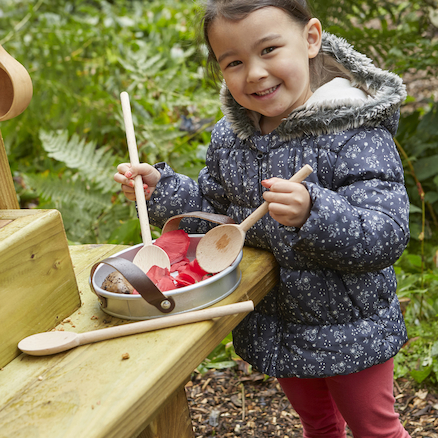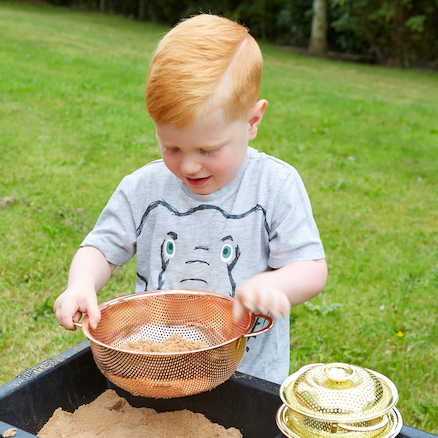Although children often show particular schemas in their play, not all children appear especially schematic. Practitioners in our settings often see children exhibiting one particular schema and others who show several at once. Schemas offer a key to understanding ways in which children behave, allowing us to plan for their needs in line with the EYFS content.
Some of the most typical behaviours/Schemas include:
- transporting
- enveloping
- enclosure
- trajectory
- rotation
- connection
- positioning
- transformation
We often see schemas manufacture themselves through children’s movements, but also in their drawings and use of items in the play space.
When planning for a schema, we look at the holistic offer of the play space, considering songs, games and resources in sand, water and construction areas to support it. Books can also play a strong role in fostering schemas.
If we identify a strong enclosure schema, for example, we would support with activities such as:
- putting items in bags
- putting clothes in washing machines
- cooking food such as pancakes that fold/roll up
The environment would have lots of container resources to hide and bury, as well as materials to cover and wrap things. We reflect carefully on the type of resources which enhance this schematic learning.
View the Babies and Toddlers range here
With thanks to Emma Graham for writing this post.

















